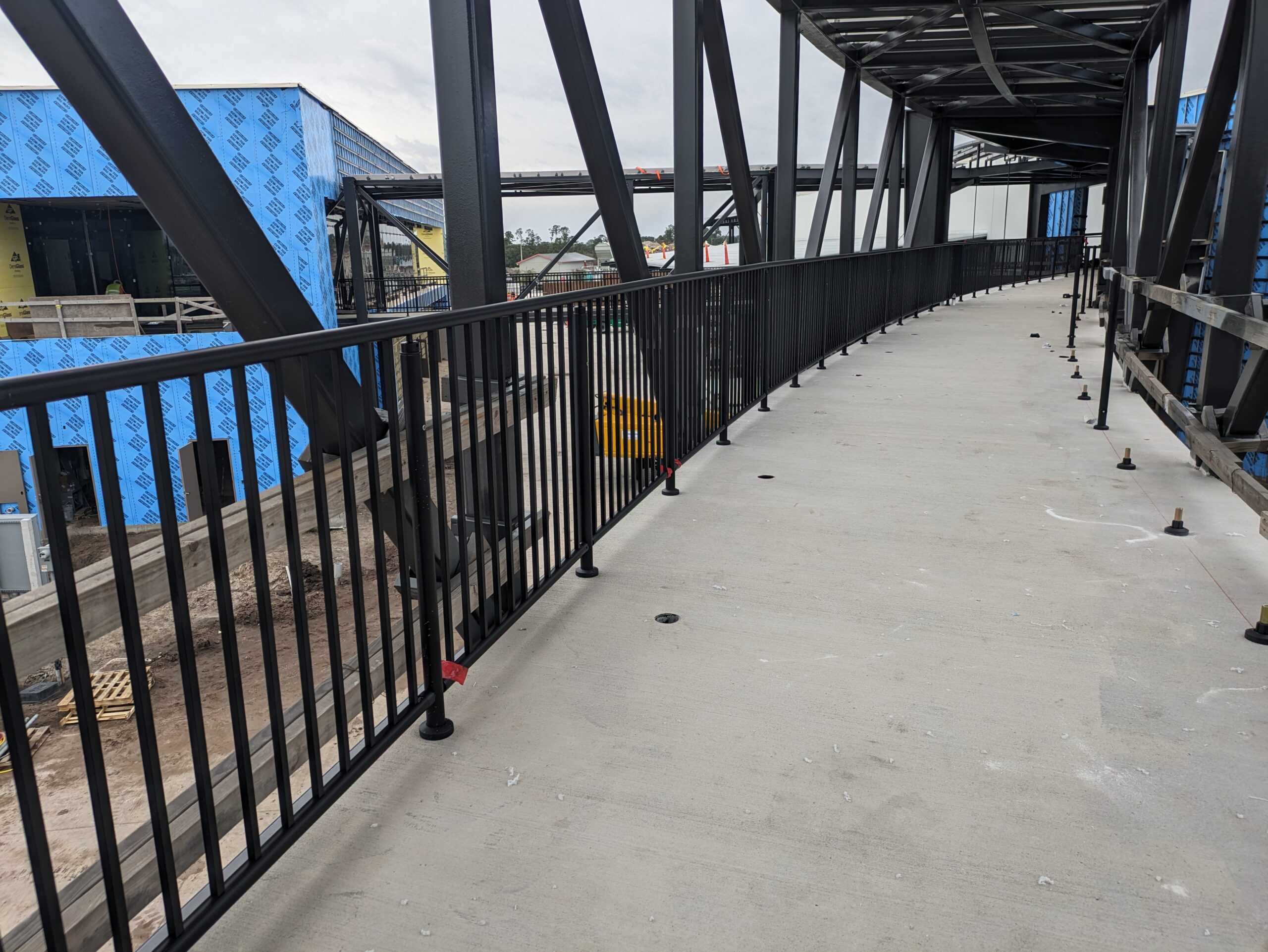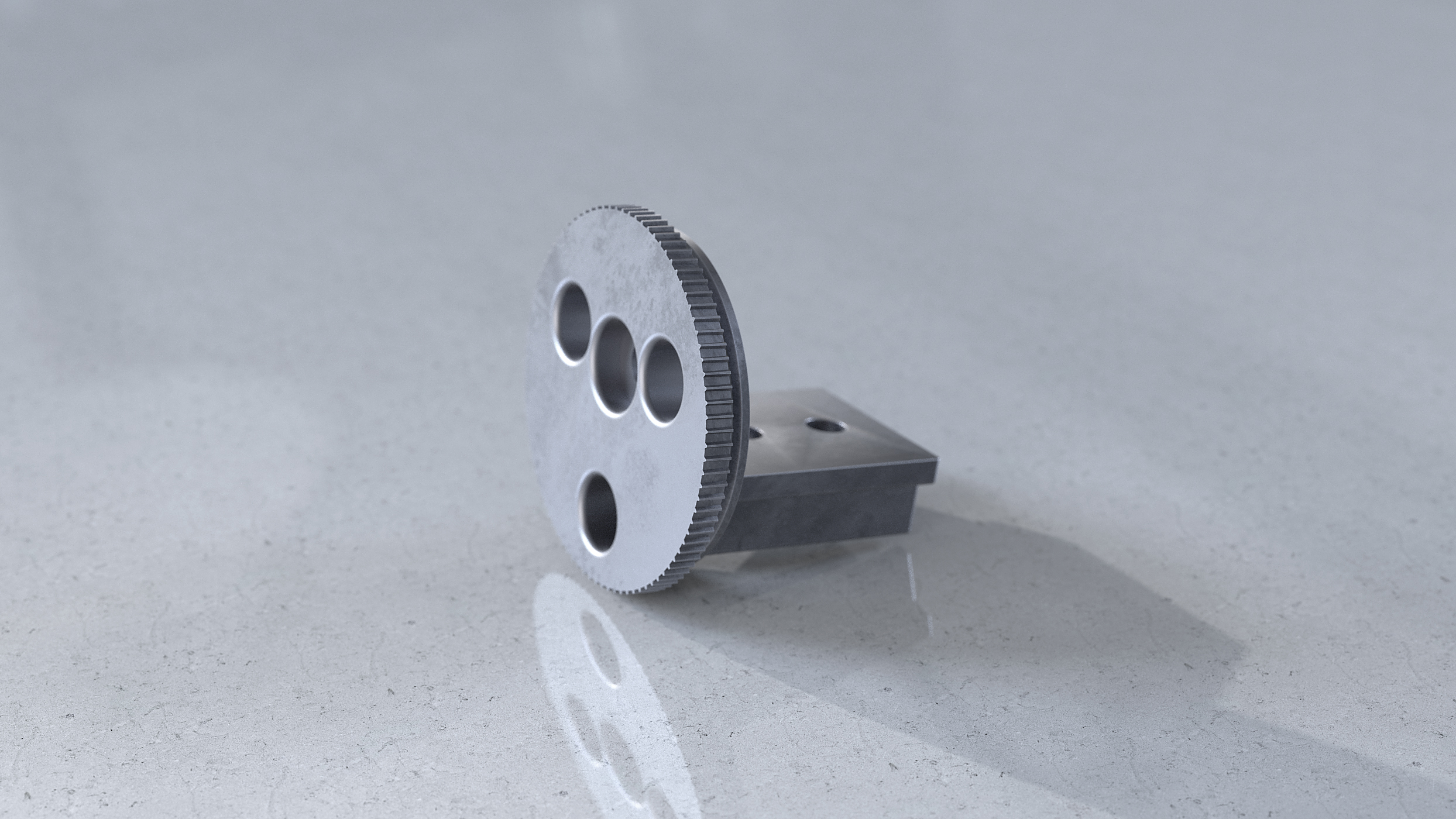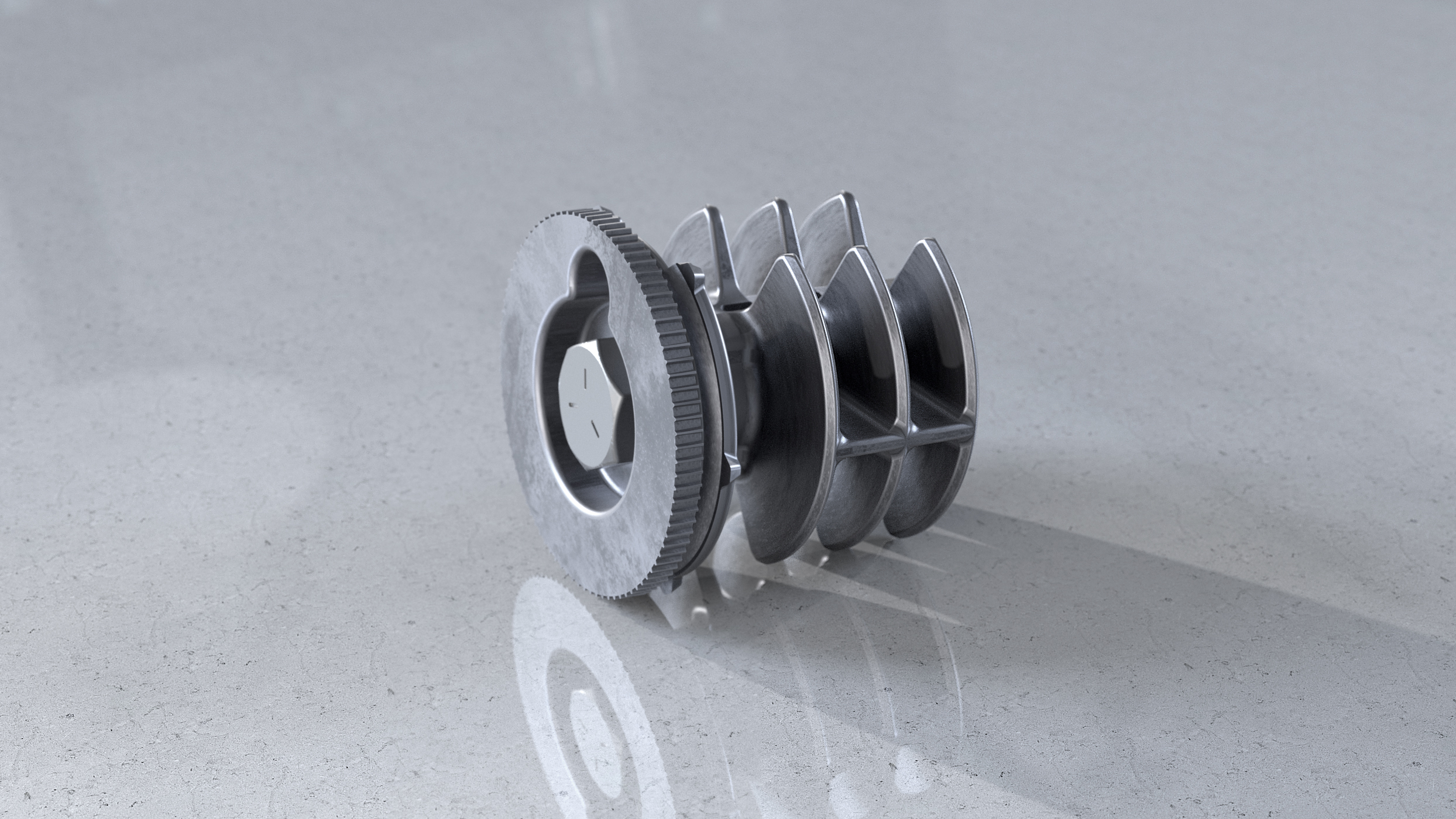Wood is a timeless building material that brings a certain warmth to a design and has been used for a long time to construct everything from buildings to handrails.
The beauty of a natural oak handrail is hard to beat, especially if you are looking for a traditional aesthetic, but a solid wood design can also present problems.
Benefits of a Natural Oak Handrail
A natural oak handrail has the benefit of creating a timeless aesthetic. Since wood is a common building material, it can easily fit into most designs, and builders and homeowners are very comfortable with it.

Disadvantages of a Solid Wood Design
A solid oak wall-mounted handrail does have disadvantages, which may make you reconsider choosing it for your design.
To start, it’s worth noting that it is difficult to get straight wood runs from the start. As a result, natural wood railings can be a disruption to a sleek, quality interior design or become one later when the wood’s run becomes more noticeable.
Another factor is that wood handrails need to be stained or painted to match the design aesthetic. Over time, the oak handrail will need to be refinished, costing extra labor and, therefore, money.
In addition, wood has a tendency to naturally warp, which could cause problems with structure integrity of the handrail and lead to premature replacements, especially if the handrail breaks, becomes visually unattractive, or difficult to use.
Due to its porous nature, an oak handrail for stairs is best for interiors. Exterior wood handrails have difficulty standing up to the elements, including rain, snow, wind, and sunlight.
Installing brackets for a traditional round oak handrail can be stressful. You need to make sure that each bracket is perfectly placed and then screwed into the handrail, leaving very little margin for error, which means that if the stud or handrail placement is measured incorrectly, the brackets will have to be removed and repositioned. This leaves holes in the handrail that will need to be patched, creating even more work.
A Better Choice for a Natural Oak Handrail
A better choice for a natural oak handrail can be found in the innovative TrueWood™ wrapped aluminum handrail, which has many advantages that aren’t found in a solid wooden handrail.

7 Advantages of Wood-Wrapped Aluminum
1. Never Warps
A wood-wrapped aluminum handrail will never warp. The aluminum core will prevent it from warping despite exposure to humidity, wind, rain, snow, etc. This means that you can bring the beauty of wood to your exterior applications as well.
2. Durability
Aluminum handrails are incredibly durable. Because aluminum is dent and scratch resistant, it is a perfect handrail material—one that will stand up to the wear and tear of everyday use.
Wood-wrapped aluminum transfers the strength of aluminum to the exterior wood wrapping. The thoughtful design of the channel inserts fills the empty spaces and gaps around the edges of the handrail itself, securing the wood-veneer wrapping in place. As a result, the wrap isn’t able to peel off of the handrail, which demonstrates another one of the handrail’s durable characteristics.
3. Maintains a Natural Wood Feel
Wood adds natural warmth and beauty to a room, but because it comes with many disadvantages it’s not always the best material for the job. However, a wood- wrapped aluminum handrail maintains a natural wood feel with the added strength and durability of aluminum.
4. Uses a Fraction of the Amount of Real Wood
Wood-wrapped aluminum handrails use a fraction of the amount of real wood used by solid wood handrails. TrueWood™ handrails are wrapped in red oak or walnut and use 1/50th the amount of wood, making them an environmentally friendly and elegant addition to your home.
5. Rot- and Pest-Proof Design
Unlike wood, aluminum doesn’t rot and isn’t an inviting place for pests to call home.
6. No-Screw, DIY-Friendly Installation
Wood-wrapped oak handrails from Promenaid feature a no-screw design that makes for DIY-friendly installation. Rather than needing to be screwed directly to the handrail, twist-lock brackets clip into place in an extruded channel and pivot to match the required angle. If the measurement is incorrect, you simply remove the bracket and reposition it in the correct spot.
7. Better Continuous Handrail Support
Commercial and residential building codes both require that a handrail is continuous for its entire length. In most cases, this means that the handrail must be able to turn corners and change directions. With traditional wood handrails, this presents a challenge as there is no easy way to connect them together.

Wood wrapped aluminum handrails use the same system as aluminum handrails to remain continuous. A series of collars and bends can be joined in any configuration to turn corners and change elevation with ease.
Promenaid’s Handrail Finishing Options
Keeping the overall design concept cohesive in one’s space is important—we recognize that.
To make design possibilities more variant, Promenaid offers two options for it’s handrail finishes:
Walnut:

Walnut is a sleek modern handrail finish that can be combined with a variety of post colors to create a stylish, unique design. In fact, one of the best factors of selecting black walnut as a handrail finish is that it can blend with many other interior design styles.
Interested in seeing its design in action? Check out our configurator!
Oak:

Oak is the simple standard design that Promenaid offers, which can be used immediately to address the design applications that you have planned for it.
Make the Better Choice With Promenaid’s Wood-Wrapped Handrails
Promenaid’s TrueWood™ genuine wood-wrapped aluminum handrails give you the warmth and beauty of a solid wood handrail without the disadvantages.
The aluminum railing wrapped in real oak or walnut is scratch-resistant, fully functional, and building code compliant.
To explore our TrueWood™ handrail options and find the best one for your application, Contact Promenaid today.








